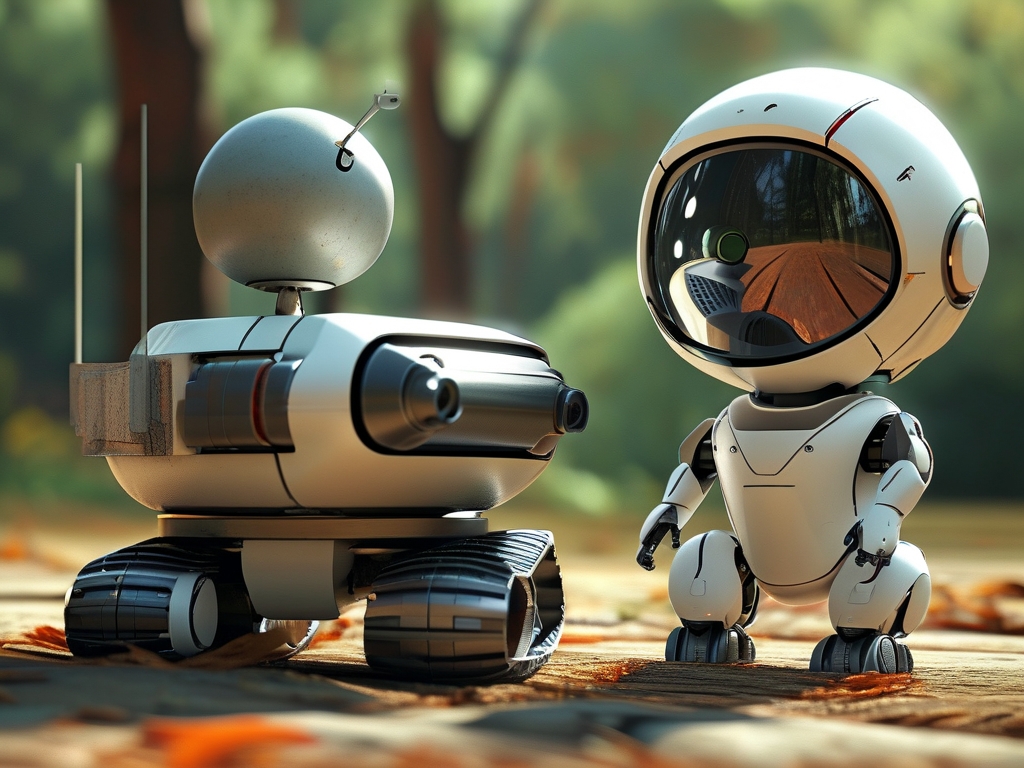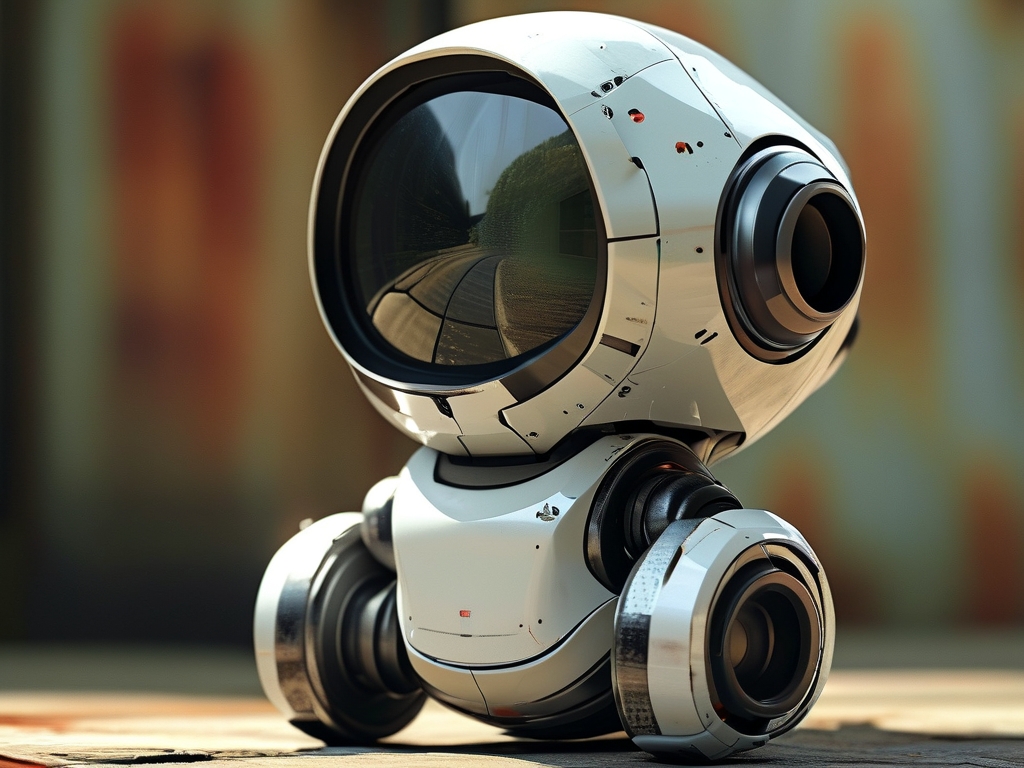Radar technology has been a cornerstone of innovation in robotics, enabling machines to perceive and interact with their environments autonomously. Over decades, radar systems have evolved through multiple generations, each marked by breakthroughs in precision, miniaturization, and computational integration. This article explores the five generations of radar technology in robotics, highlighting their unique capabilities and transformative impacts on industries ranging from manufacturing to healthcare.
First Generation: Mechanical Scanning Radar (1940s–1960s)
The earliest radar systems used in robotics relied on mechanical components to steer antenna beams. These systems, developed during and after World War II, were bulky and limited in resolution. In robotics, first-generation radar enabled basic obstacle detection in industrial settings, such as preventing collisions in early automated assembly lines. However, their slow scanning speeds and susceptibility to mechanical wear restricted their applications.
Second Generation: Phased Array Radar (1970s–1990s)
The advent of phased array radar eliminated the need for moving parts by using electronically steered beams. This generation introduced faster response times and improved reliability, making robots more adaptable in dynamic environments. For example, military robots equipped with phased array radar could track multiple targets simultaneously, while agricultural robots used these systems for terrain mapping. Despite advancements, high costs and power consumption limited widespread adoption.
Third Generation: Synthetic Aperture Radar (SAR) (2000s–2010s)
Synthetic Aperture Radar (SAR) revolutionized robotic perception by enabling high-resolution imaging through advanced signal processing. By combining data from multiple antenna positions, SAR-equipped robots could create detailed 3D maps of environments, even in low-visibility conditions. This generation became critical for autonomous drones in disaster response, where robots navigated rubble or smoke-filled areas. SAR also enhanced planetary exploration rovers, such as NASA’s Mars missions, by providing subsurface geological insights.
Fourth Generation: Millimeter-Wave and MIMO Radar (2010s–Present)
Millimeter-wave (mmWave) radar and Multiple-Input Multiple-Output (MIMO) technologies marked a leap in miniaturization and accuracy. Operating at 24 GHz to 100 GHz frequencies, these systems offered sub-millimeter precision, ideal for delicate tasks like surgical robotics. MIMO radar’s ability to transmit multiple signals simultaneously improved object differentiation in cluttered spaces, advancing self-driving cars and warehouse logistics robots. Companies like Boston Dynamics integrated these radars into humanoid robots for real-time environmental awareness.
Fifth Generation: AI-Integrated Cognitive Radar (2020s–Future)
The latest generation merges radar with artificial intelligence (AI) and machine learning, creating "cognitive radar" systems. These radars dynamically adapt their parameters based on context, optimizing performance for tasks like gesture recognition in service robots or predictive maintenance in manufacturing. For instance, AI algorithms process radar data to anticipate equipment failures before they occur. Fifth-generation systems also prioritize energy efficiency, enabling longer operation in battery-powered robots like delivery drones.
Applications Across Industries
- Healthcare: Surgical robots use mmWave radar to track instruments with micron-level precision.
- Autonomous Vehicles: Tesla and Waymo rely on MIMO radar for 360-degree obstacle detection.
- Agriculture: SAR-equipped drones monitor crop health and soil moisture over vast fields.
- Space Exploration: Cognitive radar aids rovers in analyzing extraterrestrial terrains autonomously.
Challenges and Future Directions
While radar technology has advanced exponentially, challenges remain. Signal interference in urban environments, high computational demands, and ethical concerns around surveillance-capable robots require ongoing research. Future developments may focus on quantum radar for unprecedented sensitivity or hybrid systems combining radar with LiDAR and cameras.

In , the five generations of radar technology have progressively transformed robotics from rudimentary machines into intelligent, context-aware systems. As AI and material science converge, the next frontier will likely blur the lines between radar and human-like perception, redefining what robots can achieve.


